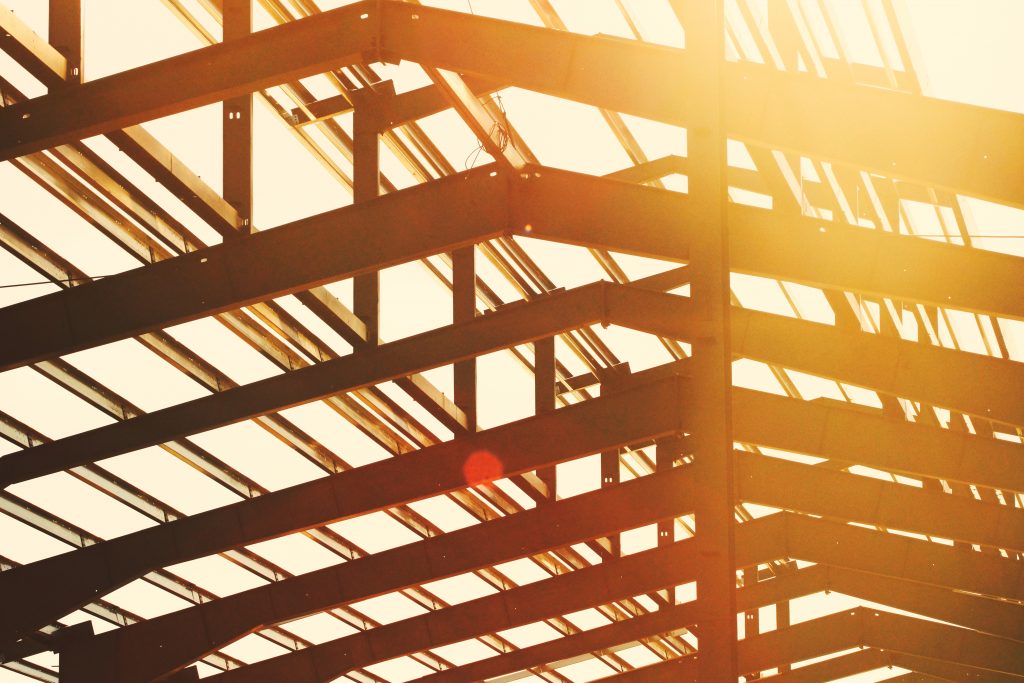9 Benefits of Choosing a Steel Building

The construction industry has, for several decades now, been relying on steel and concrete as two of the main construction materials of choice. Research and development in the science behind steel construction materials has led to the development of advanced qualities that have made steel a highly preferred construction material today. More buildings today are made of prefabricated steel columns than ever before. Anticipating property owners also greatly prefer purchasing steel buildings. Here is an overview of 9 key benefits of steel buildings.
Fast pace of construction
Using steel to construct large buildings is regarded as more effective and less time-consuming than other types of construction material. Engineers have come up with a concept of fabricating steel columns and transporting them to the site where they are assembled and bolted or welded together. This makes it possible for construction crews to fast-track the entire construction project while cutting on the time required to complete a building.
Cost-effective
Steel buildings are more cost-effective as they require less labor to construct. The number of workers required to erect a steel building is significantly less as compared to buildings made of alternative materials such as concrete and stones. Besides, the cost-effectiveness of steel buildings is greatly enhanced by the fact that the material is readily accessible through recycling and mining.
Structural durability
Steel is one of the strongest materials existing in our time. Besides, research and development has led to the discovery of advanced steel with strong tensile qualities. This implies that such buildings made of steel can withstand tensional and torsional forces as a result of natural elements such as hurricanes, floods, and earthquakes.
Reduced insurance cost
Houses constructed of steel are generally cheaper to insure as compared to those constructed with alternative materials. The insurance rates for steel buildings is substantially lower, especially given the fact that such buildings can withstand more disastrous natural elements such as high winds, hurricanes, snow, termites, fire, and lightning among other destructive forces. Buildings made of commercial grade steel material generally attract substantial discounts and highly subsidized insurance rates.
Low maintenance costs
The cost of maintaining a steel building is substantially low. The prefabricated steel structure can be painted with a rust-proof coating which substantially reduces the need to overhaul the building in regular maintenance. Other maintenance activities such as termite control and repairs from rodent damage are also eliminated. Being an inorganic material, steel is a great way of ensuring that the building lasts for a substantially long duration of time.
Less depreciation rates
Houses do depreciate over time. The main cause of such depreciation is the fact that the construction material used gets dilapidated due to exposure to natural elements such as the sun and water. This is not the case with steel buildings where the material used is durable and can withstand natural forces for an extended duration of time. A steel building is, therefore, highly likely to retain its market value. The building, therefore, comes with an extended warranty that is a great feature for a tenant or homeowner.
Value at the end of the building’s life
Sometimes, buildings do need to get demolished. In such an eventuality, buildings constructed out of concrete and organic stones do not have any value attached to them after the end of their lifetime. This is not the case with steel buildings which do retain their value beyond their lifetime. Such a building can be demolished and the steel material recycled to ensure return on investment.
Energy savings
Buildings constructed out of steel are highly likely to be energy-efficient as compared to ordinary buildings. This is because the high tensile strength of the steel material allows the contractors to allocate sufficient room for doors and windows as well as overhead openings for air conditioning. The electrical energy requirements for such buildings for functions such as heating and air conditioning are substantially minimal and greatly reduced. Such buildings are, therefore, environmentally friendly.
Versatility
Steel buildings are incredibly versatile in terms of the ability to expand them for customized functions. For example, to append an annex next to a steel building is easy as one needs to fabricate more steel material and weld it to the existing core structure.

















